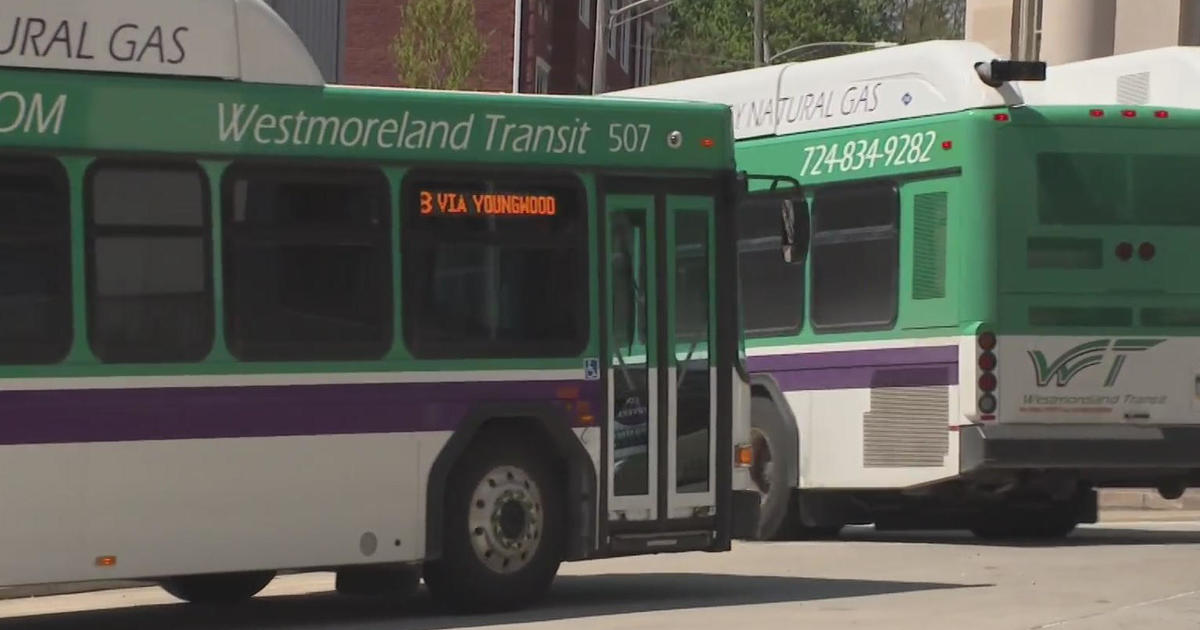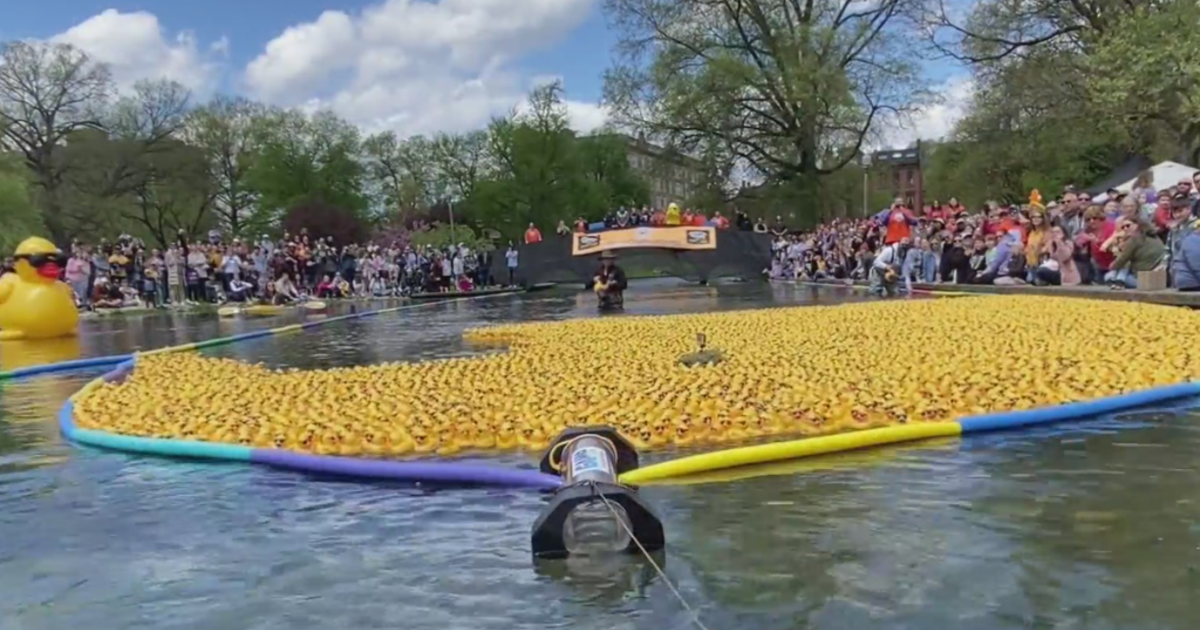New Treatment Method Available For Aneurysms
PITTSBURGH (KDKA) -- A revolutionary new treatment could change how people recover from aneurysms.
When Edna Slomkowski's fingers on her right side went numb, her grandson and husband feared the worst and called an ambulance.
Tests at the hospital showed a stroke and aneurysm.
"It was to the extent where they wanted to do something with it. It was big enough," said Slomkowski's daughter Jessica.
An aneurysm is a bulging of an artery in the brain. If it bursts, you can have bleeding and a disabling stroke.
"One-third of the patients don't even make it to the hospital," said Dr. Russell Cerejo, an interventional neurologist at the Allegheny Health Network.
Smoking, high blood pressure, high cholesterol, and family history with aneurysms are risk factors. And you may not have any symptoms. Most are found on brain imaging for other problems.
Doctors can do brain surgery to put a clip on the bulge.
Doctors can also enter the artery with thin tubes and wires to thread coils and stents from the groin to the brain to plug the protrusion.
But branch points in the arteries can be tricky and may require a combination of devices. This takes more time and effort and carries more risk, like rupture, bleeding, and stroke.
For that reason, doctors have developed a new device that is placed under general anesthesia and also threads up through the vessels.
"Almost like a balloon-type thing," says Edna.
This web aneurysm embolization system is used when the aneurysm is at specific branching points in the brain arteries and is the right size and shape.
The procedure takes about an hour.
"We just deploy the device into the aneurysm, detach it, pull the catheters out, the patient wakes up from anesthesia, spends the night in the hospital, and can leave as soon as the next day," Dr. Cerejo said.
You can't get this if you're allergic to nickel, or if you have a bloodstream infection.
In studies, aneurysm recurrence rates were low and fewer people needed a repeat procedure.
About 7,000 cases have been done worldwide in the last few years.
And the FDA recently approved the device for branch point aneurysms with wide openings at their base.
The company supervises patient selection carefully. It reviews the imaging beforehand and sends a mentor to assist during the procedure.
Dr. Cerejo has done one case at AGH — Edna's. She has a follow up in six months.



